Writer Katherine Braden
Photographer Loralei Lazurek
[dropcap]F[/dropcap]or many artists, nature serves as the perfect muse. Marty Gibson discovered her first floral inspiration between the lines of a coloring book.
“When I was little, I remember trying to color a lily with a white crayon,” she says. “I was getting so frustrated! My dad sat down next to me and began coloring in the picture of a rose. His rose had shades of pink and orange, and the leaves had bits of yellow. It was magic! I think that’s where it all started.”
But growing up in a small Kansas farming community in the mid-20th century didn’t provide many artistic outlets for a young girl.
“I had no artistic mentors,” Marty says. “I wanted to get out, but I knew I had to pay my own way.”
She initially began working toward a bachelor’s degree in interior design at the University of Kansas, but quickly switched to study studio painting and graphic design instead. It was this change that ultimately drew her to painting.
“Graphic design was my occupation,” Marty says, “but painting was always my passion.”
After graduation, Marty held a plethora of graphic design jobs. While working in the Macy’s advertising department, her superiors discovered she could draw lace.
“I got stuck doing lingerie ads for newspaper,” Marty says with a chuckle. “I was so bored.”
Additionally, she worked as creative director for her graphic design partnership, and later became a graphics specialist for Seattle Biomedical Research Institute. There, she supported 12 doctors studying diseases at a microscopic level, developing imagery for their National Institutes of Health grants and lectures.
“They would request an illustration that depicted their cellular work and offer their squiggly drawings,” she explains. “I would say ‘OK, I’ll try to clarify that,’ and we worked our way through the process. It was a terrific challenge.”
It was there Marty discovered how creative science could be, though her fascination with the subject has been lifelong. As a child, Marty loved sci-fi movies. She remembers making paper dolls in third grade and dressing them in exotic costumes inspired by films like “Flash Gordon.”
Though abstract, a lot of Marty’s art is inspired by the biomedical and seemingly invisible truths uncovered by the microscope. Her art, an exploration of form and color, is also a literal representation of the hidden realities that surround us.
“Once, a woman had her checkbook out to buy a painting,” she recalls. “She thought it depicted angels, so she asked for the title of the piece. Well, the title was ‘T. Cruzi,’ and it was inspired and named after the parasite that causes sleeping sickness!
“When I told her, the woman gasped and put her checkbook away,” she adds, laughing.
To Marty, it doesn’t matter what the viewer sees, but it does help to have a backstory to get her started with a piece. She likes translating an idea into an image.
“Ultimately, art is not an intellectual activity,” she says. “It is an intuitive, visceral process, both in the creation and in the viewing, and should be experienced as such.”
Before starting any piece, Marty researches and gains a better understanding of her idea. Some works flow without difficulty, practically painting themselves, while others are more demanding and obstinate.
One of the most rewarding parts of the process for Marty is when she feels like she has captured the idea she was after.
“Seeing someone look at my painting and get a certain smile — you know they’re getting it,” she says.
Marty works in liquid acrylic and paints very wet. Because her paintings require layer upon layer, it’s a long process. When she’s not painting, she spends a lot of time in her Scottsdale studio doing research.
In addition to acrylic paintings, Marty creates one-of-a-kind monotypes and collagraph monoprints. For the monotypes, Marty brushes ink on a Plexiglas plate and runs it through the press. For the monoprints, the plate surface is built up using a variety of materials, such as paper and dried corn silk. Marty then paints them with Akua soy oil inks and runs the plate through the press. The prints are never the same, as each accumulates layers of subtle color.
“It’s a very painterly process,” she says.
Currently, Marty is exploring the evolution of the written language in her lexicon painting series.
“How did we as a species develop the only written form of communication?” she asks.
Observing her work, it is easy to see how the graphic designer and painter have merged to create a construction of shape and color, dancing together in delicate harmony to depict an idea. For Marty, it’s about what speaks to you as an individual.
“Each of us sees and reacts differently to colors, shapes and marks,” she says. “Our choices reflect our personality.”
Marty’s work can be found at the Herberger Theater Art Gallery, the Holland Gallery of Fine Art and the Desert Foothills Library. This month, you can also catch her work in a group show at Carefree’s Fearless Art Works.
As a longtime member of the Sonoran Arts League, Marty hopes the community will continue to support local artists, as well as art programs in schools.
“We’d like your support for artwork that intrigues you and makes you think,” she says.
Lucky for us, her artwork does just that.

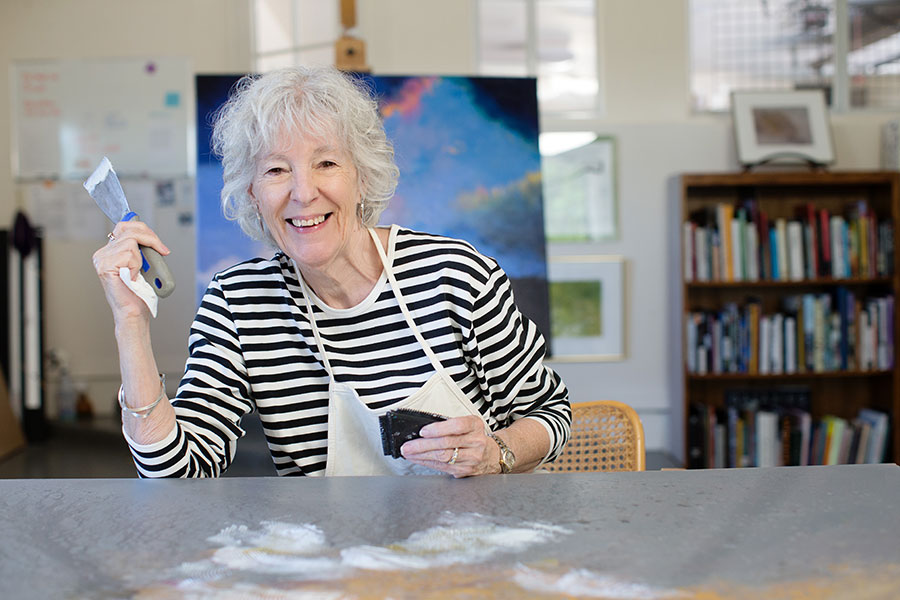
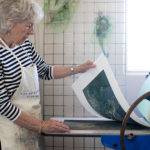
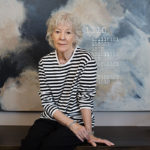
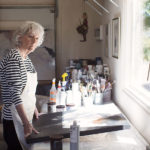
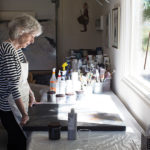
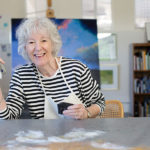
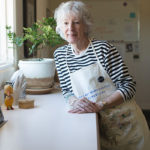

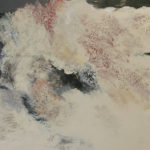
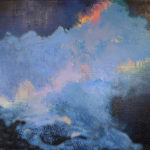
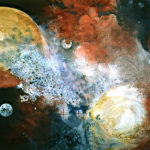






Comments by Admin